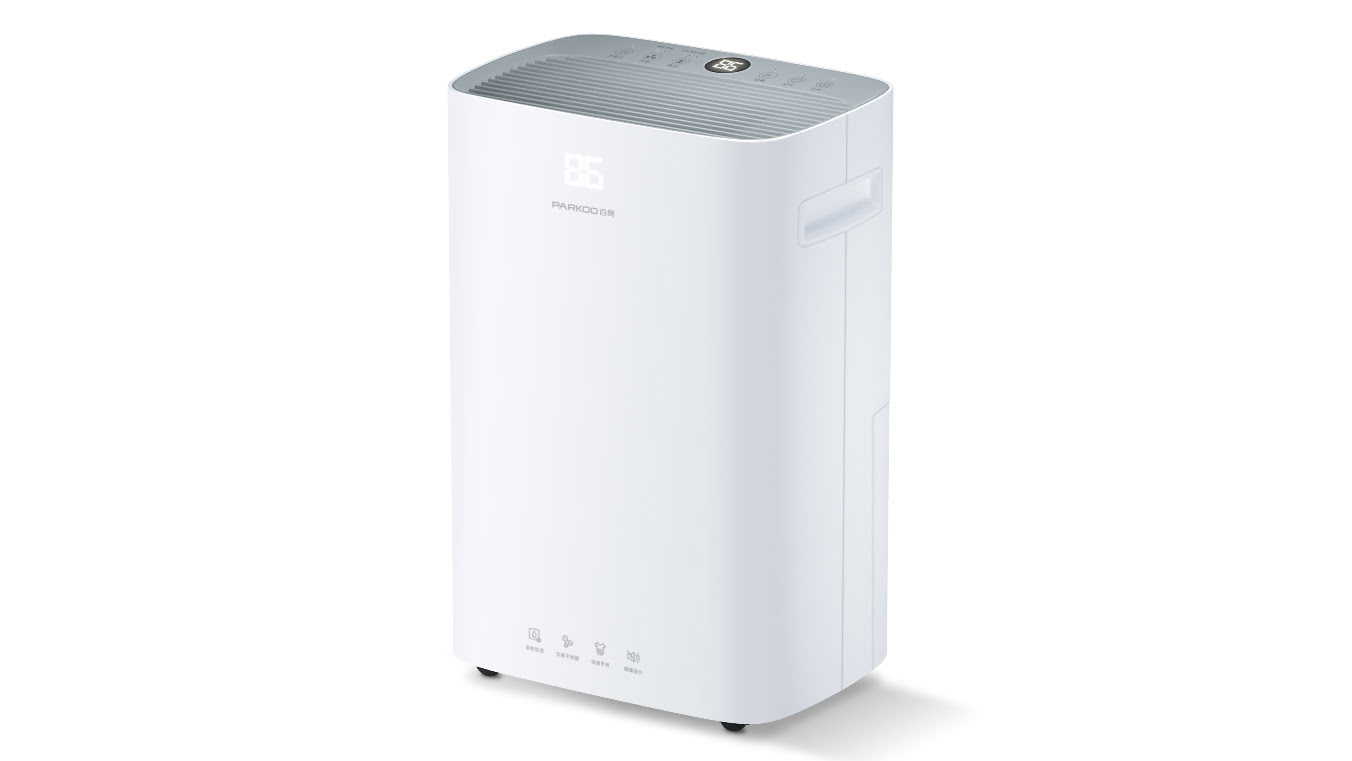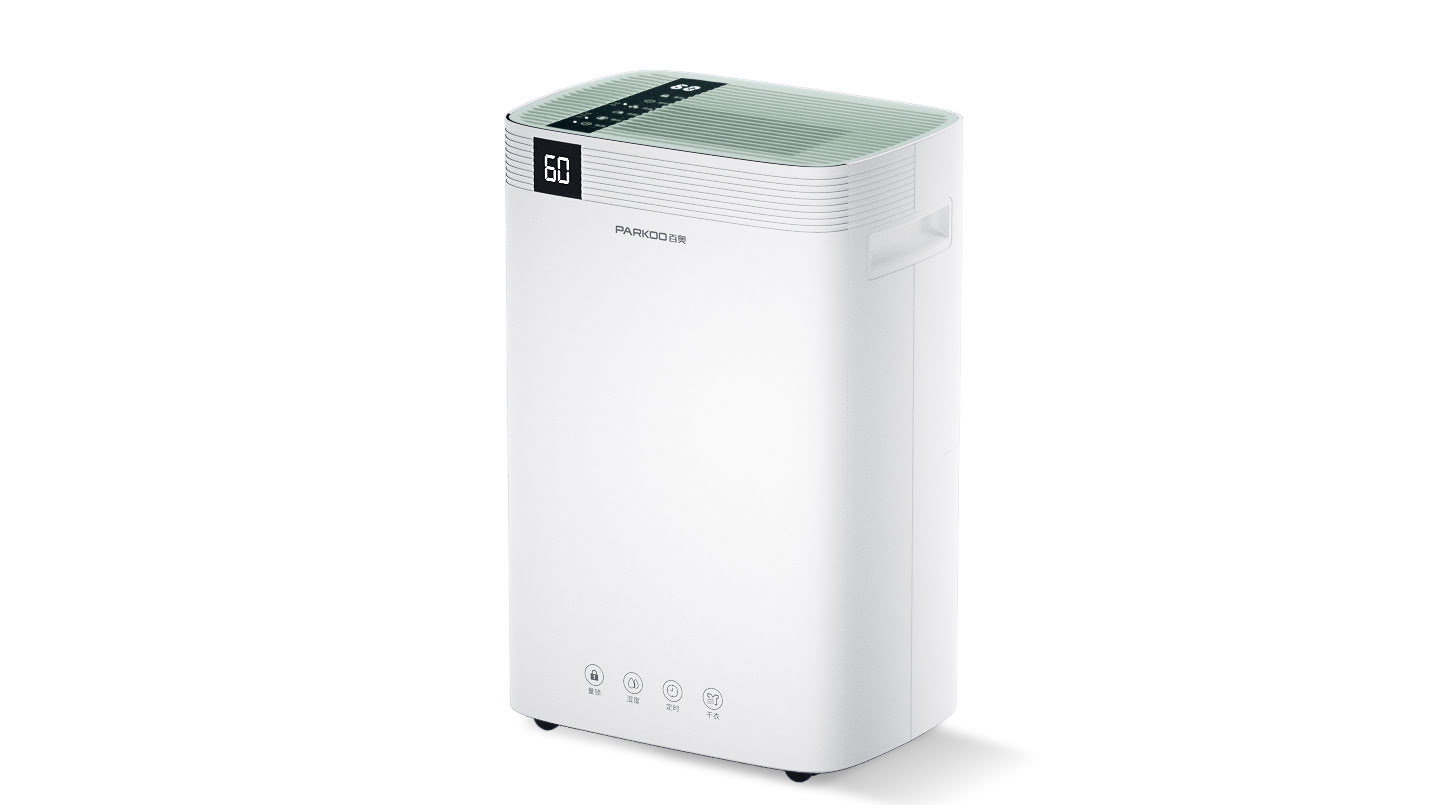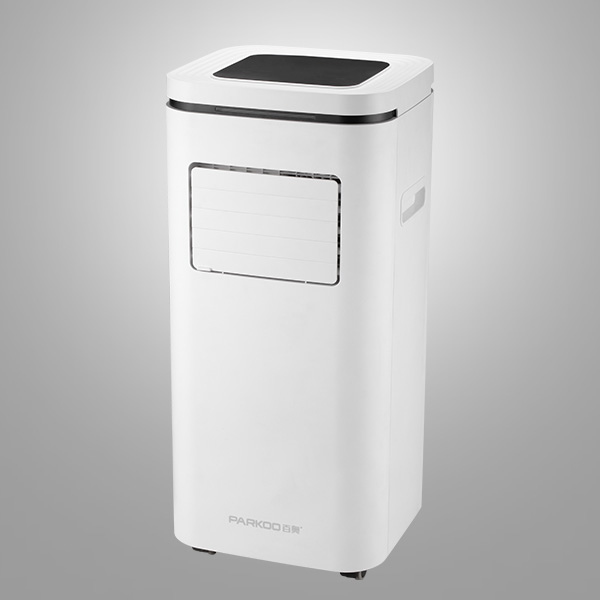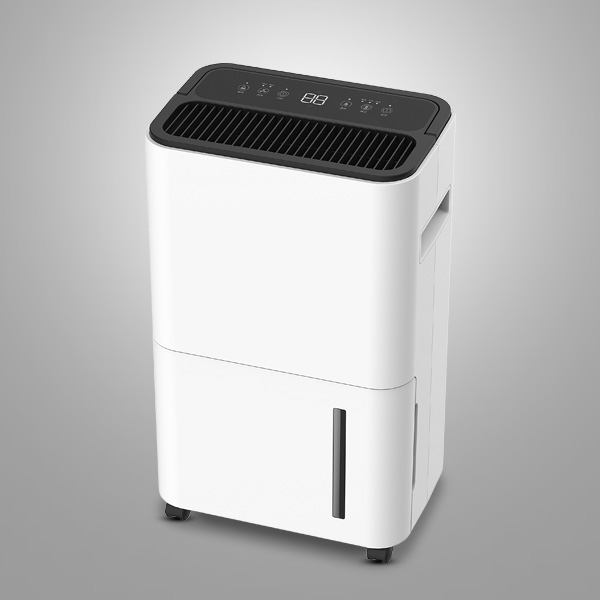Moisture issues during leather drying
Leather soles, like other organic materials such as wood and Paper, are highly hygroscopic and often absorb moisture from the surrounding air during processing or storage. The excess moisture absorbed by the leather sole leads to an increase in microbial activity. when the relative huMidity is above 40%, molds, and fungi germinate
The Growth of microorganisms is Harmful to materials such as leather, as it not only leads to decomposition, but also mechanically weakens
general recommendation: The humidity in the pre drying room for Shoe sole leather should be controlled within 8-12% to Prevent fungal growth.
store under contRolled conditions
before packaging, the finished leather shoes will regain moisture during storage.
. this leads to a high rate of product spoilage Caused by the moisture absorbed by leather Due to mold/Fungus/mold growth. To prevent this deterioration, it is necessary to store leather shoes in a humidity controlled warehouse with an ambient temperature below 40% RH. This can prevent leather shoes from regaining moisture, thereby Preventing the growth of mold/fungi/moldsControl the humidity during packaging
The only way to prevent fungal growth is to ensure that leather shoes do not regain moisture during the packaging process.
. The best and most economical way to ensure that leather does not absorb moisture from the surrounding air during packaging is to control the humidity within the packaging area below 40% RHA shoe limited company found fungal growth on the sole of a shipment containing thousands of pairs of shoes when opened in the United States. The growth of fungi completely disrupts the "surface treatment" of leather The search for a perfect solution has been Handed over to our engineers. Extensive testing was conducted at the PARKOO Environmental Control research and development laboratory. through experiments with various parameters, it was found that the final moisture content of the upper should be Maintained at 8%, while the moisture content of the sole should be maintained at 12% to eliminate the possibility of all fungal growth
FuRTher investigation in the shoe factory showed that these shoes were produced in a regulated atmosphere of 75 ° F and 25% RH. However, during the monsoon period, due to the high humidity in the surrounding air, it was found that the moisture content in the upper part was 12-15% and 18-23%. Therefore, the moisture content was already high before Manufacturing
In order to reduce the humidity to an Appropriate level, parkOO has installed an Industrial Dehumidifier in the pre drying room of the shoe factory. The humidity level in this area remains unchanged, and the moisture content of leather is between 8-12%, thereby eliminating the opportunity for fungal growth. When the manufacturing area is adjusted, there is no rebound there. The shoe factory also installed Dehumidifier in its storage and packaging areas to maintain 95 ° F and 40% RH conditions to maintain humidity. Once the shoes are packed in sealed containers, similar Products from the company maintain the same conditions during packaging and unpacking, so there is no chance of fungal growth















